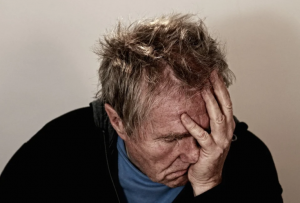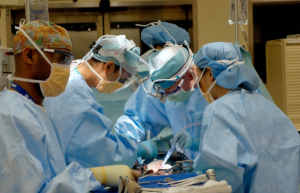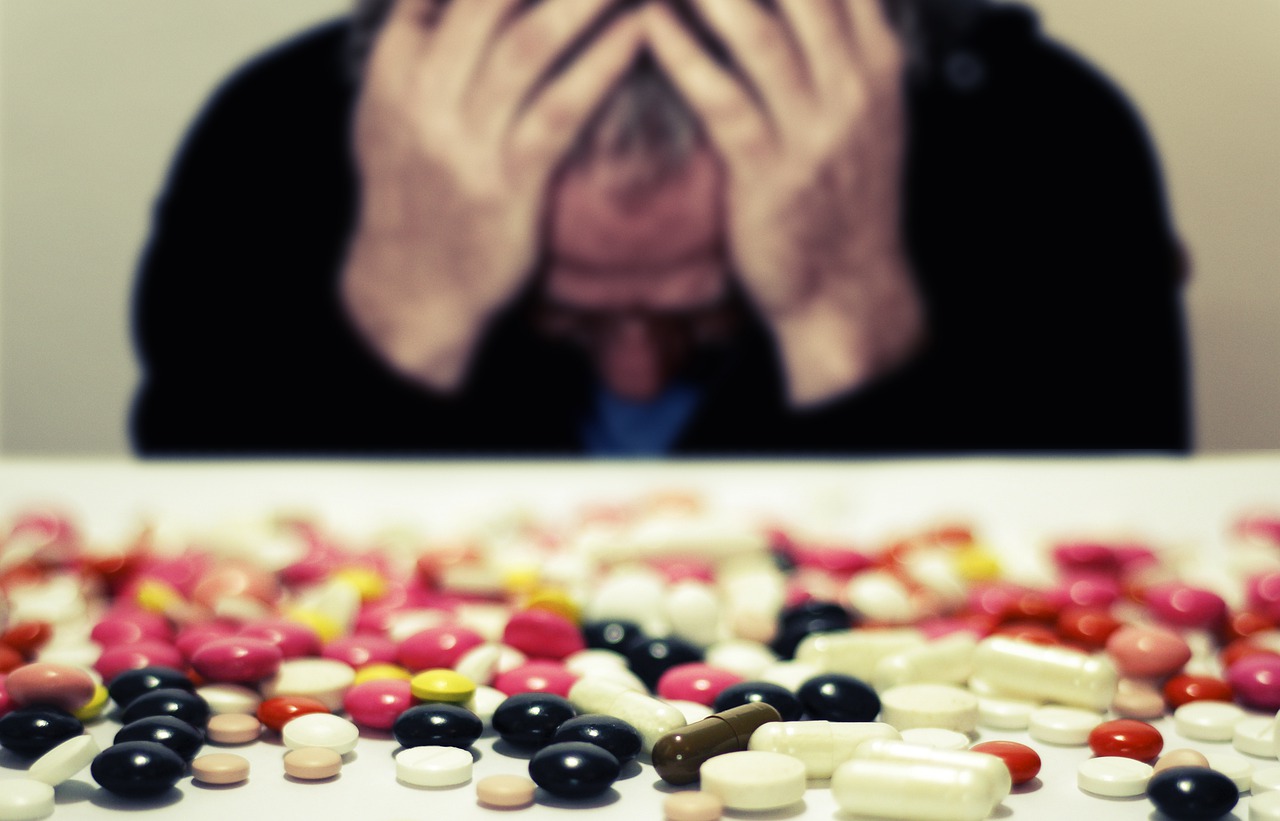Sooner or later in their profession, at least a third of physicians suffer personal health issues such as aging, injury, or bodily and psychological illness, resulting from their ability to operate correctly and practice medicine safely. But some circumstances, especially depression, might be overrepresented in the health care profession, under-recognized, stigmatized, and undertreated, which could have deadly consequences. To gain more information about depression among doctors, you may visit their website at https://www.sciencesetavenir.fr/sante/les-jeunes-medecins-mal-prepares-a-l-exigence-emotionnelle-de-leur-metier_113824.
Introduction to Depression
 The freshest (2015) World Health Organization gauges exhibited that more than 320 million individuals, equivalent to 4.4% of the global populace, experience the ill effects of sorrow. South Africans represent an expected 2.4 million of them, converting into 4.6% of their nearby crowd. Gloom is more pervasive in young ladies (5.1%) than in guys (3.6%).
The freshest (2015) World Health Organization gauges exhibited that more than 320 million individuals, equivalent to 4.4% of the global populace, experience the ill effects of sorrow. South Africans represent an expected 2.4 million of them, converting into 4.6% of their nearby crowd. Gloom is more pervasive in young ladies (5.1%) than in guys (3.6%).
The sheer number of people with despair is developing, particularly in immature nations where populaces are maturing and growing. These errors underscore that low predominance is challenging to evaluate precisely because of wide varieties in symptomatic advances. Studies using self-evaluated despondency scales can deliver altogether higher stage prevalences of sorrow than clinician-appraised. Clinical understudies, more youthful doctors, and young ladies detailed higher enthusiastic pain levels and emotional wellness issues than guys and more seasoned doctors. There’s some proof that the misery rate in doctors resembles the general people in the USA in the interim.
Risk Factors
 Even though a downturn can impact anyone, the danger is raised by hereditary inclination, early horrible life occasions, after mournings, infections, relationship issues, poverty, joblessness, and issues welcomed on by substance use. Specialists are defenseless against substantially more business-related stressors than a few expert gatherings are subsequently vulnerable to despair.
Even though a downturn can impact anyone, the danger is raised by hereditary inclination, early horrible life occasions, after mournings, infections, relationship issues, poverty, joblessness, and issues welcomed on by substance use. Specialists are defenseless against substantially more business-related stressors than a few expert gatherings are subsequently vulnerable to despair.
These incorporate extended periods, broad jobs, the expanding power and intricacy of the errand, steady contact with singular chronic sickness and emergencies, raised degrees of obligation, quick change in medical services, institutional limitations like separation and terrorizing, absence of opportunity, low degrees of help, lack of occupation fulfillment, low confidence just as the failure to go to their private lives.
Barriers to Detection
Considering that roughly only 35 percent of physicians have a consistent supply of health care, it isn’t surprising that depression might be more under-recognized within this population when compared with other specialist groups. Self-analysis is much more challenging. There might be an implicit expectation to be the “ideal” person in the area. From a physician’s view, where illness is perceived as a private failure and wellbeing as achievement, the strain to become invincible could be huge.
Emotional distress might be misattributed to ineptitude or fatigue, encouraging depressed physicians to hide their illness from others and themselves. Self-judgment compromises accessibility to care. What’s more, diagnostic standards include impairment of working, which might offer a get-out plan for handling depression.…

